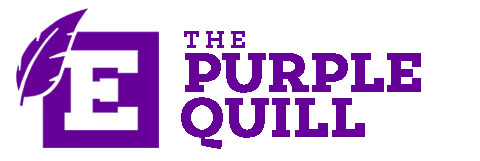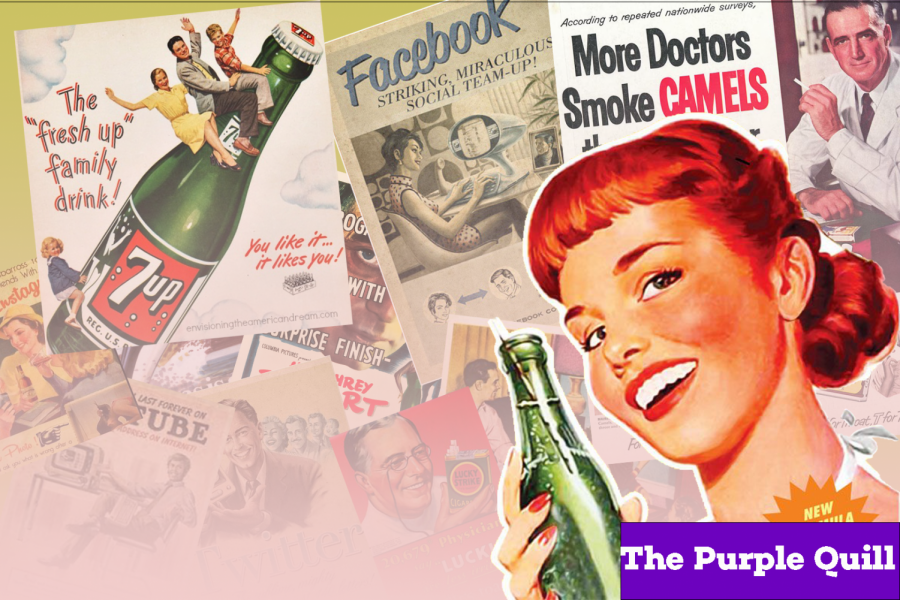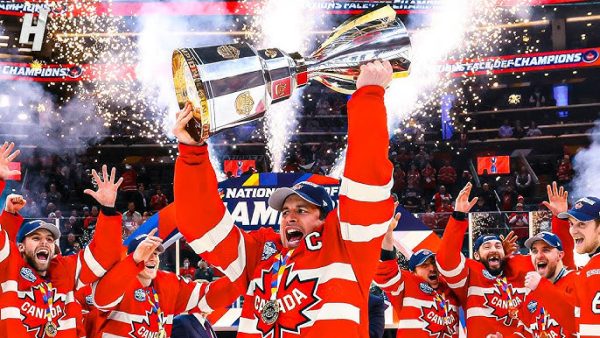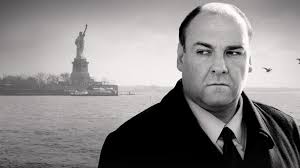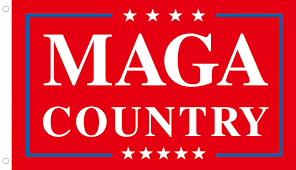Nostalgia marketing explained
It is no secret that social media has affected the way we function in nearly every aspect of our lives. An area where this shift is most prevalent is no doubt the marketing industry. Since the rise of social media, companies have manufactured ways to not only appeal to the modern consumer but have figured out ways to take advantage of the emotional connection that many consumers users have to certain companies.
It is here that the term “Nostalgia Marketing” comes into play. Nostalgia marketing is certainly not a new phenomenon by any means. Companies such as Coca Cola have used the power of nostalgia for years by retro fitting current Coca Cola products with a retro look. However, in recent years the “retro revolution” has taken the marketing world by storm, and we might have social media to thank for that.
The most obvious affect that social media has had on this unique form of marketing has to do with the age of many social media users. A large portion of millennials were the first to dip their toes into the proverbial social media waters. As we all know, social media has the potential to complicate our lives. Nostalgia marketing plays right into this concept. When companies remind consumers of simpler times, it incentivizes consumers to purchase products for old time’s sake. However, companies cannot grasp onto this group forever. With an influx of Gen Z-ers coming onto the social media scene, the group that nostalgia marketing appeals to is dwindling… or is it?
As a sixteen-year old, I obviously have no personal connection to listening to vinyl records, but why do I still get a rush of nostalgic feelings when I do? The answer is quite simple, really. It all has to do with influence. There are many social media influencers that have made this nostalgic feeling their entire brand.
A perfect example of this is pop singer Lana Del Rey. Since the genesis of her career, Del Rey has made nostalgia her brand. Everything from her merchandise to the music she makes has an incredible sense of nostalgia. Brands recognize the influence that many artists and other creatives have in the realm of social media, and therefore use people like Del Rey to appeal to younger audiences (like myself) through the use of the nostalgic aesthetic.
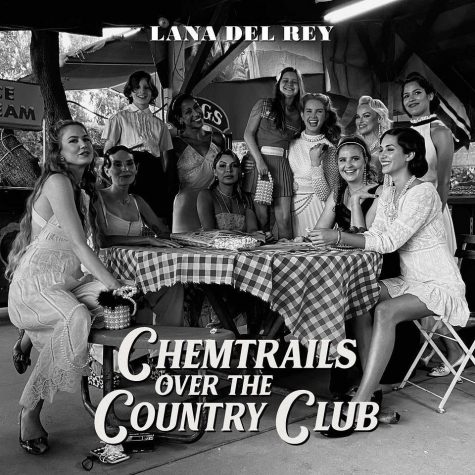 It is through the use of aesthetic that brands can actually market nostalgia to younger audiences. This nostalgic aesthetic promotes a romanticized version of a “simpler time” It is well known that the older we get, the more we crave for nostalgic experiences. Nostalgia marketing aims to provoke such feelings out of younger people, without them having actually experienced the nostalgic experiences that they’re brains crave for, and that is pretty impressive.
It is through the use of aesthetic that brands can actually market nostalgia to younger audiences. This nostalgic aesthetic promotes a romanticized version of a “simpler time” It is well known that the older we get, the more we crave for nostalgic experiences. Nostalgia marketing aims to provoke such feelings out of younger people, without them having actually experienced the nostalgic experiences that they’re brains crave for, and that is pretty impressive.
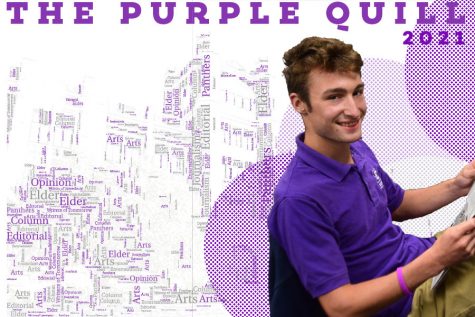
I'm a student who loves learning new things and writing about them. This is my third semester writing for the Quill, and I couldn't be happier.



